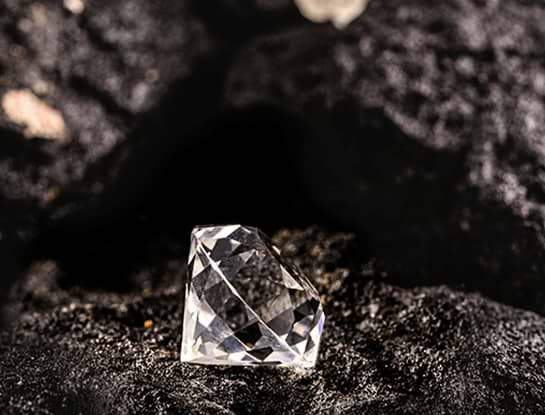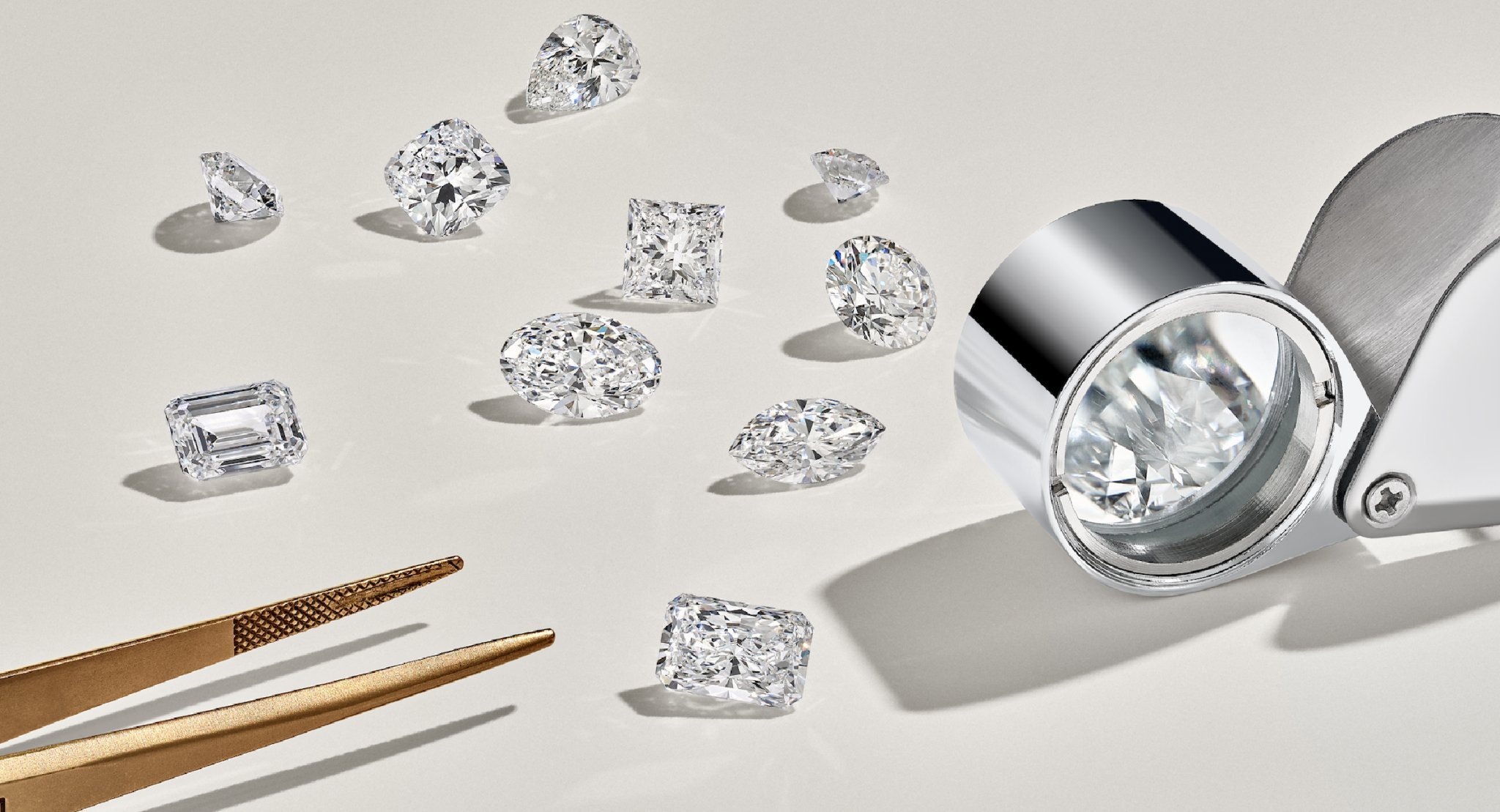 Posted On
Posted On
Exploring the Rise of Mined and Lab-Grown Diamonds: A Modern Perspective
 Posted On
Posted On
Diamonds have long been a symbol of luxury, love, and elegance. Whether for engagement rings, jewelry, or other ornamental purposes, diamonds have captured the human imagination for centuries. However, in recent years, the diamond industry has undergone a transformative change with the emergence of lab-grown diamonds. This shift raises the question: should consumers choose mined or lab grown diamonds? Let’s explore both sides of this growing debate.
Table of Contents
Understanding Mined Diamonds
Mined diamonds are the traditional gems that have been formed under extreme heat and pressure over billions of years deep beneath the Earth’s surface. They are naturally occurring and can only be retrieved through extensive mining operations, often in remote and harsh environments. These diamonds are unique, each one differing in color, cut, clarity, and carat weight. The rarity of mined diamonds is often what makes them so highly valued in the market.
However, the extraction process of mined diamonds raises environmental concerns. The large-scale mining operations can lead to significant ecological damage, including deforestation, habitat destruction, and pollution. Furthermore, the human cost of diamond mining, especially in conflict zones, has led to the creation of ethical concerns surrounding mined diamonds. This has prompted consumers to seek alternative options, such as lab-grown diamonds.
The Emergence of Lab-Grown Diamonds
Lab-grown diamonds, also referred to as lab-made diamonds or man-made diamonds, are created through technological processes that replicate the natural conditions under which mined diamonds form. There are two primary methods used to create these diamonds: High Pressure High Temperature (HPHT) and Chemical Vapor Deposition (CVD). These methods result in diamonds that are chemically and physically identical to their mined counterparts but are produced in a controlled laboratory environment.
One of the main reasons lab-grown diamonds have gained popularity is due to their environmental advantages. Unlike mined diamonds, which contribute to deforestation and soil erosion, lab-grown diamonds are created in labs with minimal environmental impact. Additionally, lab-made diamonds offer a more ethical alternative since they do not involve exploitation in conflict regions.
Mined Diamonds vs. Lab-Grown Diamonds: Key Differences
When comparing mined diamonds to lab-grown diamonds, the most notable difference is their origin. Mined diamonds take millions to billions of years to form naturally, while lab-grown diamonds are created in a matter of weeks or months. This time difference affects the supply chain, pricing, and availability of the two types of diamonds.
Another important difference lies in their price. Lab-grown diamonds are typically more affordable than mined diamonds, sometimes costing up to 40% less for an equivalent size and quality. This price difference makes lab-grown diamonds an attractive option for consumers who desire a high-quality diamond without breaking the bank.
In terms of appearance and quality, both mined and lab-grown diamonds are virtually identical. The key factors that affect their value, such as color, clarity, cut, and carat weight, are the same for both types. With advancements in technology, lab-grown diamonds are now indistinguishable from their mined counterparts, making them a viable alternative for consumers seeking the look and feel of a natural diamond.
Ethical Considerations and Consumer Preferences
Ethical concerns play a significant role in the growing popularity of lab-grown diamonds. While mined diamonds are often associated with environmental destruction and human rights violations, lab-grown diamonds provide a sustainable, ethical alternative. For consumers who are conscious of the environmental and social impact of their purchases, lab-grown diamonds offer peace of mind, knowing that their diamonds have been produced without harmful practices.
Moreover, as the awareness of these ethical issues increases, many consumers are opting for lab-grown diamonds as a way to make a responsible and eco-friendly choice. This shift in consumer preference is being supported by an increasing number of jewelers and brands who are offering lab made diamonds as part of their product lines.
The Environmental Impact of Mined vs. Lab-Grown Diamonds
The environmental impact of mined diamonds cannot be overstated. Traditional diamond mining is a resource-intensive and destructive process. It involves the removal of large amounts of earth, which disrupts local ecosystems and contributes to soil erosion and water pollution. Furthermore, mining operations often result in significant greenhouse gas emissions, further exacerbating climate change.
On the other hand, lab-grown diamonds have a considerably lower environmental footprint. Although the process of creating lab-grown diamonds does consume energy, it is far less destructive than the extraction of mined diamonds. Many companies producing lab-grown diamonds have also made efforts to use renewable energy sources, further minimizing their environmental impact. As consumers become more environmentally conscious, the demand for lab-grown diamonds continues to rise.
The Future of Mined and Lab-Grown Diamonds
The future of both mined and lab-grown diamonds appears to be evolving rapidly. While mined diamonds still dominate the luxury market, the rise of lab-grown diamonds represents a shift toward more sustainable, ethical, and affordable options. As technology continues to improve and the diamond industry adapts to consumer preferences, lab-grown diamonds are expected to play an increasingly prominent role in the market.
For those who prioritize sustainability, ethical sourcing, and affordability, lab-grown diamonds are a compelling choice. However, for those who value the rarity and tradition of mined diamonds, the natural option remains a symbol of enduring luxury. Both types of diamonds have a place in the market, and the choice between them depends on individual values, preferences, and priorities.
Conclusion: The Choice Between Mined and Lab-Grown Diamonds
In conclusion, the debate between mined and lab-grown diamonds is one that hinges on personal values and priorities. Mined diamonds continue to hold cultural and sentimental significance, while lab-grown diamonds offer an ethical, affordable, and sustainable alternative. As consumer awareness grows and technology continues to advance, lab-grown diamonds are becoming a strong contender in the diamond market. Whether choosing a mined or lab-grown diamond, what matters most is the beauty and significance of the stone, which will last for generations to come.









